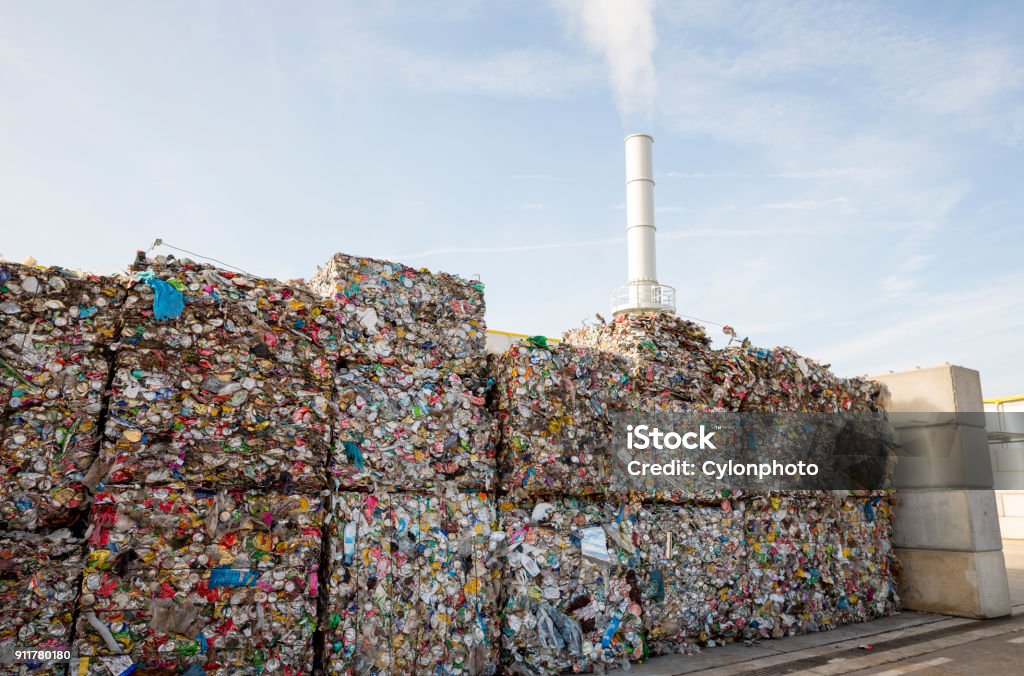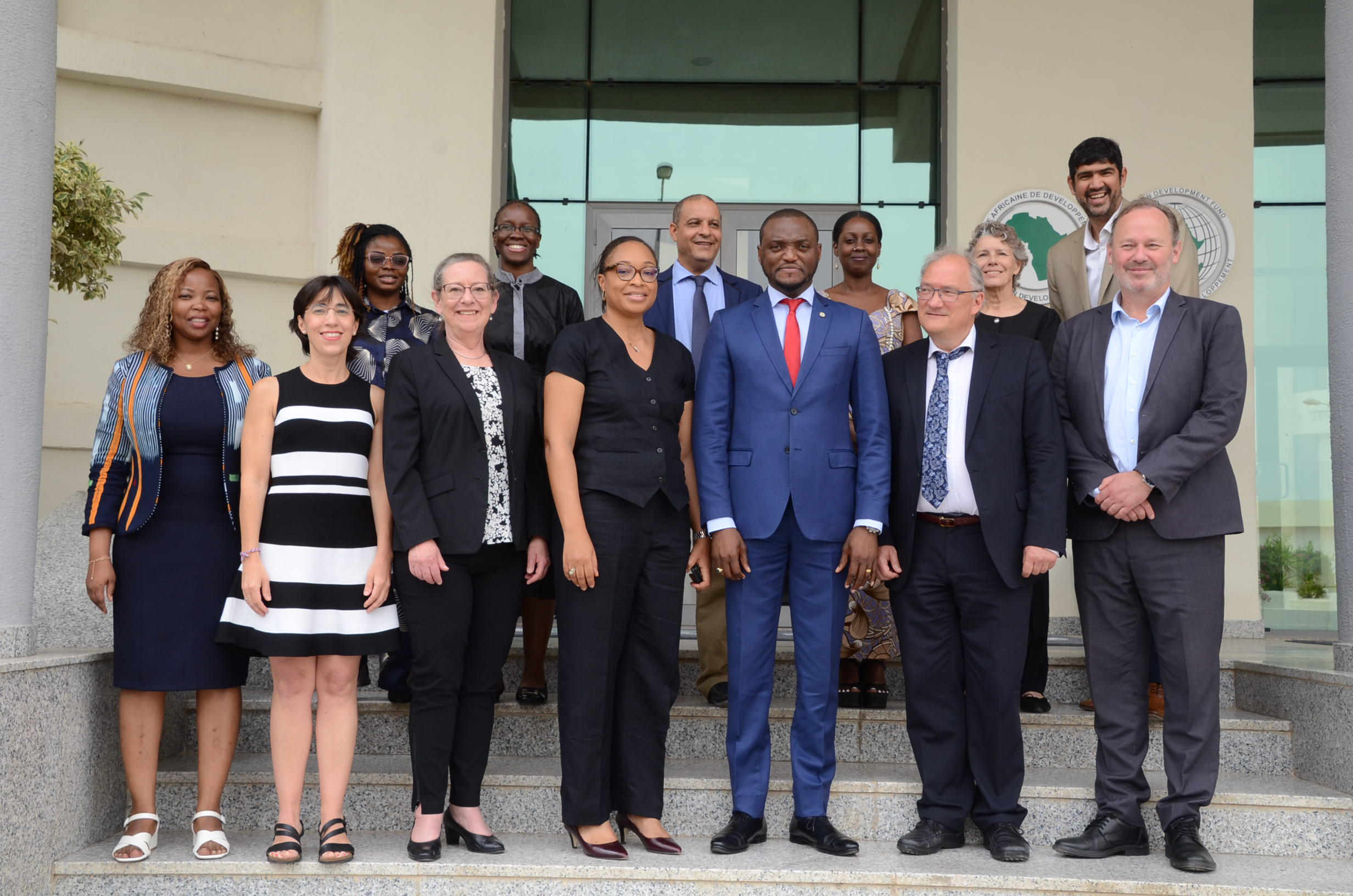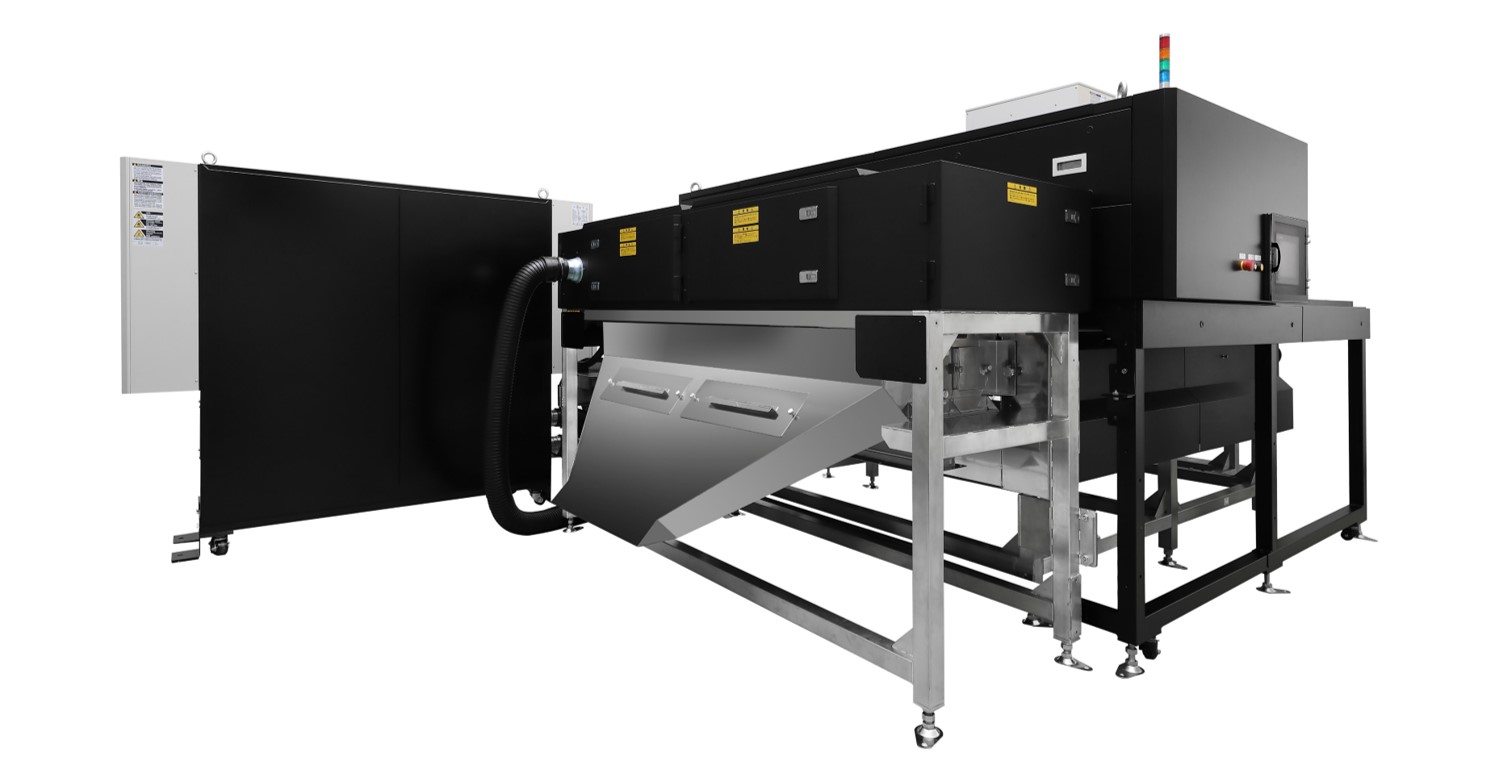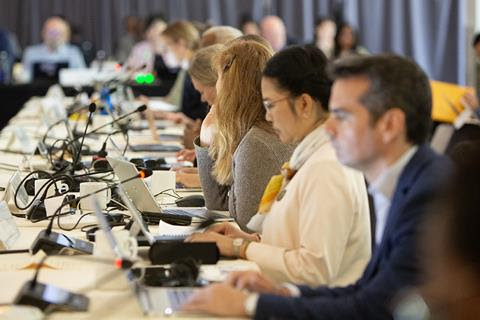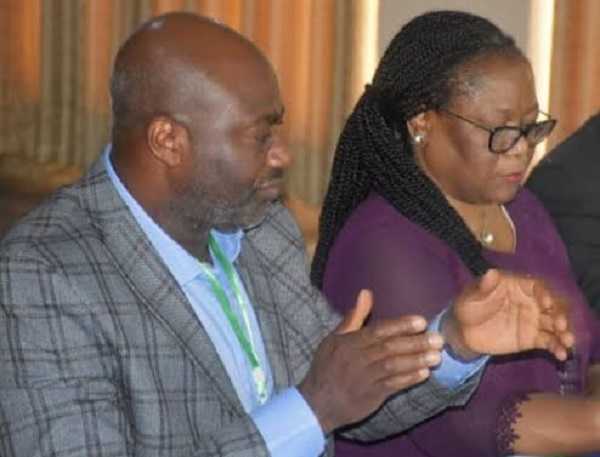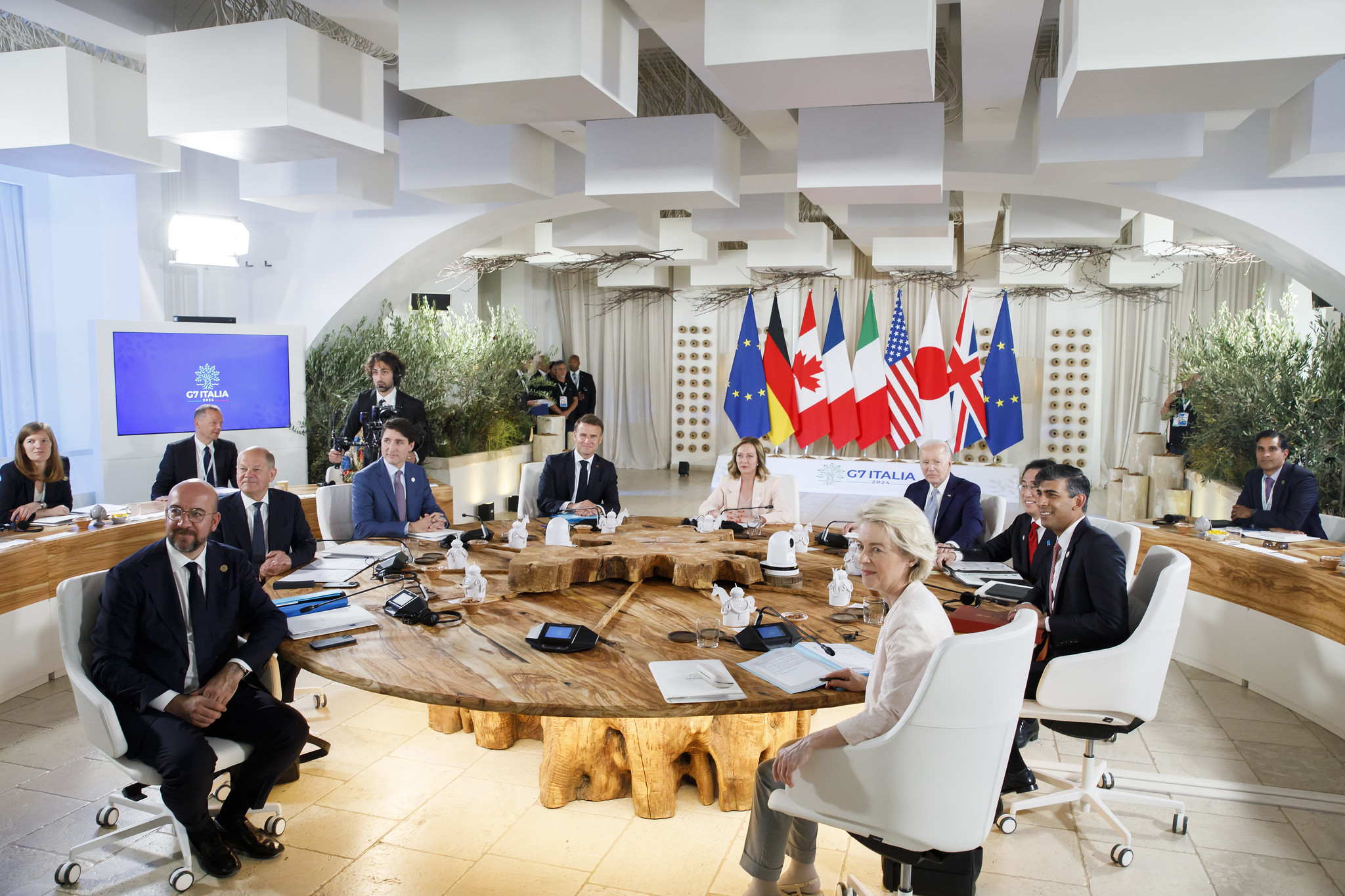Introduction
The issue of global warming exacerbated by climate change impact drives the global call for transitioning from fossil fuels energy sources to renewables.
The Agreement of the 28th UN Climate Change Conference (COPs 28) held last year in the Dubai Emirate of the United Arab Emirates(UAE) recommended “transitioning away from fossil fuels” that is, gradual rather that immediate phase out as was expected by some parties.
Whereas some countries mostly from the global North relatively are transition ready, others with particular reference to oil and gas resources rich African countries and others in the Global South aren’t yet.
For transition ready countries an immediate phase out of fossil fuels wouldn’t have been an issue but on the flip side of it, for the less transition ready countries, they surely would have had serious issues with any such decision.
Thus, the gradual phase out recommendation guided by the fact that countries had different development need situations was a mature way of handling the issue.
The Context: Fossils Versus Renewables Debate
Fossil Fuels
Fossil fuels are said to include coal, petroleum, natural gas, oil shales, bitumen, tar sands, and heavy oils are said to contain carbon and were formed as a result of geologic processes acting on the remains of organic matter produced by photosynthesis, a process that began in the Archean Eon (4.0 billion to 2.5 billion years ago)
Burning of the various types of fossil fuels experts say emit carbon dioxide (CO2) and other harmful air pollutants. Among the various forms of fossil fuels coal, oil, and natural gas are said to be the major offenders.
According to industry experts, amongst the three, coal is generally considered to be the most harmful to the environment.
Reasons:
Greenhouse Gas Emission: Coal combustion is said to release the highest levels of carbon dioxide (CO2) per unit of energy produced compared to oil and natural gas. CO2 is a major greenhouse gas that contributes to global warming and climate change experts argue.
Air Pollution: Burning coal also releases various air pollutants such as sulfur dioxide, nitrogen oxides, and particulate matter.More CO2 in our atmosphere causes less sunlight to escape back into space, causing the planet to warm.
The Liquefied Natural Gas(LNG) Exception
Even though LNG is classified under fossil fuels, but experts say, releases 45-50% less CO2 than coal, 30% less CO2 than fuel oil, dramatically reduces nitrogen oxide emissions, does not emit soot, dust or fumes, and produces insignificant amounts of sulfur dioxide, mercury, and other particulates compared to other fuels.
Renewables
The various renewable forms of energy said to be environmentally friendly, include, solar, wind, geothermal, hydropower, ocean energy and bioenergy. Solar energy is the most abundant of all energy resources and can even be harnessed in cloudy weather.
Disadvantages
Experts on the other hand also contend, even though renewable energy production is relatively environmental friendly than its fossil energy counterpart, but there is no doubt that, there are also a number obstacle to its production with the major ones being the following:
1.Renewable energy sources are natural forces that are strongly dependent on the weather conditions and are therefore not available round the clock. Thus under bad weather conditions renewable technologies such as solar cells will be of less use. For example, if it rains PV panels can’t generate electricity so one has to fall back on traditional power sources.
2.Low efficiency of renewable energy technologies is another issue. Each type experts contend, requires a specific technology so that we can convert it into electricity.
3.The efficiency of energy conversion devices they contend, is very important when prioritizing energy sources. Unfortunately, they contend, the efficiency of renewable technologies is not high compared with traditional energy conversion devices.
Solar panel efficiency that are available in the market experts contend,is between 15-20 percent. On the other hand, traditional technologies that use coal or natural gas can reach efficiency level of up to 40 and 60 percent respectively.
4.Harnessing of renewable energy requires a lot of space for solar and wind farms that could compete with land for other important purposes as compared to traditional power stations that don’t need a lot of space.
The forgoing obstacles and challenges associated with renewable energy production notwithstanding, the general consensus still favours transitioning from the environmentally harmful fossil fuels derived energy to renewables.
Renewable energy alternative is still very crucial if global warming and climate change impact is to be confronted head on in other to save the planet and humanity.is the general position worldwide.
A Dicey Situation for Africa
The South Africa based Africa Energy Chamber, the voice of the continent’s energy industry responded strongly to environmental organizations that were clamoring for Africa to abruptly halt fossil fuels production and further exploration.
The Contentious Issues
The chamber noted that even though no one is denying the importance and benefits of energy from renewables, but Africa, at this material moment, cannot also afford to leave her rich oil and gas resources buried in the ground for the sake of fast tracking transition from fossil fuels energy sources to renewables.
The Chamber cited Africa’s abysmally low energy generation capacity(4 percent of global total) making the continent the most energy poor in the world. At present, 600 million people, or 43% of the total population, lack access to electricity, most of them in sub-Saharan Africa. (IEA, Africa Energy Outlook 2022 Report).
The chamber therefore argued that, the continent still needed to exploit her rich oil and gas reserves in order to generate domestic wealth and capital and with particular reference to Liquefied Natural Gas(LNG).
Another dimension of the transition injustice argument is that some of the transition ready advanced world countries are major beneficiaries of exploitation of Africa’s oil and gas resources through colonization thereby, amassing financial wealth from Africa which they used for the industrial development of their countries back home.
Stampeding Africa now into the adoption of an immediate transition from fossil fuels exploitation to renewable energy amidst her sordid energy poverty situation, would be tantamount to grievous transition injustice.
Decades long unfulfilled financial pledges made by the Global North towards funding climate change impact mitigation and adaptation measures in the Global South with particular reference to Africa, which was given prominence during COPs 28, further makes a more compelling case for the African Energy Chamber’s position.
Prospects for Renewable Energy in Africa
With about 60 percent share of global total arable land, abundant sunshine, biomass, among others, bolstered by her ground water rich aquifers, Africa no doubt has abundant resources for renewable energy production.
What would be most crucial is,putting in place national renewable energy production policy frameworks, underpinned by,Master and Strategic Actions Plans, easy accessibility to capital at affordable cost, for investments in renewable energy projects in both the African public and private sectors.
Leveraging research driven technological solutions to the obstacles and challenges confronting renewable energy production, Africa could be an important player in the global renewable energy production industry moving on.
Africa’s Renewable Energy Production Snapshot
Within the past decade courtesy former US President Obama’s 2013 USD7bn “Power Africa” promise, a number of major solar and wind energy projects have since been executed in Ghana, Cameroon, Burkina Faso, Kenya and South Africa (The Africa Report, July 2023)
On the back of that comes the joint African Development Bank’s(AfDB) and World Bank Africa Renewable Energy Fund facility announced recently, and, “The Energy for Growth in Africa Initiative” unveiled during the 2024 G7 Leaders Meeting in Italy.
The initiative has the commitment of Canada, Japan, US, UK, EU, France, Germany, Italy, Republic of Congo, Ivory Coast and a number of African countries.
“We will work to accelerate investments in clean energy sources to ensure an inclusive transition which supports energy security recognizing that a substantial portion of people in Africa still lack reliable access to electricity and clean cooking” said the parties in a joint statement.
The Africa Energy Chamber the voice of the continent’s energy industry also recently announced hosting a reception on July 11,in London intended to woe global investors to Africa with lucrative energy projects.
The Renewable Energy Storage Conundrum
Even though general consensus favours renewable energy aside the number of obstacles to renewable energy production stated earlier, another major issue is, the lapse of produced renewable energy storage through batteries which experts say leads to the loss of substantial amount of energy. This raises sustainability concerns.
Pumped Storage Hydropower Technology to the Rescue
According to Regenbiomass,Inc.,one of the leading energy research and production companies in the US,the Pumped Storage Hydropower Technology is the alternative solution to storage through battery problem.
How it Works
Dr. Phil Cruver, CEO of Regenbiomass, Inc., notes, “pumped storage hydroelectricity is an effective means of storing renewable energy. When the wind blows and the sun shines, water is pumped from a lower elevation reservoir into a higher elevation reservoir and when there is no sun or wind, the water is released for driving a turbine producing electric power”.
“Energy is stored in the form of gravitation potential from the weight of the water pumped to an above ground reservoir and when there is no sun or wind, the water is released back into the aquifer reversing the operation of the motor pump to generate electricity as a turbine generator.
“With utility load balancing of renewable solar and wind energy development projected to skyrocket in the coming years, aquifer pumped storage presents a clean, sustainable, and scalable solution for the energy storage conundrum faced by the renewable energy industry.” intimated Dr.Cruver.
It’s Benefits Over Battery Storage Technology
According to Dr. Phil Cruver, the technology has many benefits over battery storage which is typically limited to about 2-4 hours for backup power with limited lifetime due to number of charging cycles which are exceeded in about 3 years. Moreover, lithium batteries are subject to material and mineral shortages and disposal problems
A couple of US government incentives he says, has spurred research interest in the technology across the country.
The company takes cognizance of the important role ground water aquifers rich areas in US and other parts of the world including Africa, could play in ensuring sustainability in renewable energy production and storage. . .
Regenbiomass in its research endeavours has successfully piloted intercropping of Paulownia and Avocado trees in marginalised lands in desert areas in the US.It is a changer that promises to have both agriculture as well as, carbon sequestration benefits for addressing climate change impact.
Pumped Storage Hydropower Technology in other Parts of the World
Across the world, interest in pumped storage hydropower is also booming. In 2022, Switzerland completed an installation with the same energy storage capacity as 400,000 car batteries. Spain, Bulgaria, and Finland have all launched similar projects in the last few months alone.
“Pumped storage hydropower is a mature technology”, says Professor Sebastian Sterl of the Free University of Brussels in Belgium, where he specializes in hydropower. “We know how much it costs and produces. There’s also very little loss of energy.”
The Pumped Storage Hydropower Technology is a must for Africa.Fortunately Northern and Sahel Africa regions according to Regenbiomass,have some of the world’s largest aquifers that could be leveraged for storage of renewable energy as an alternative to batteries.


